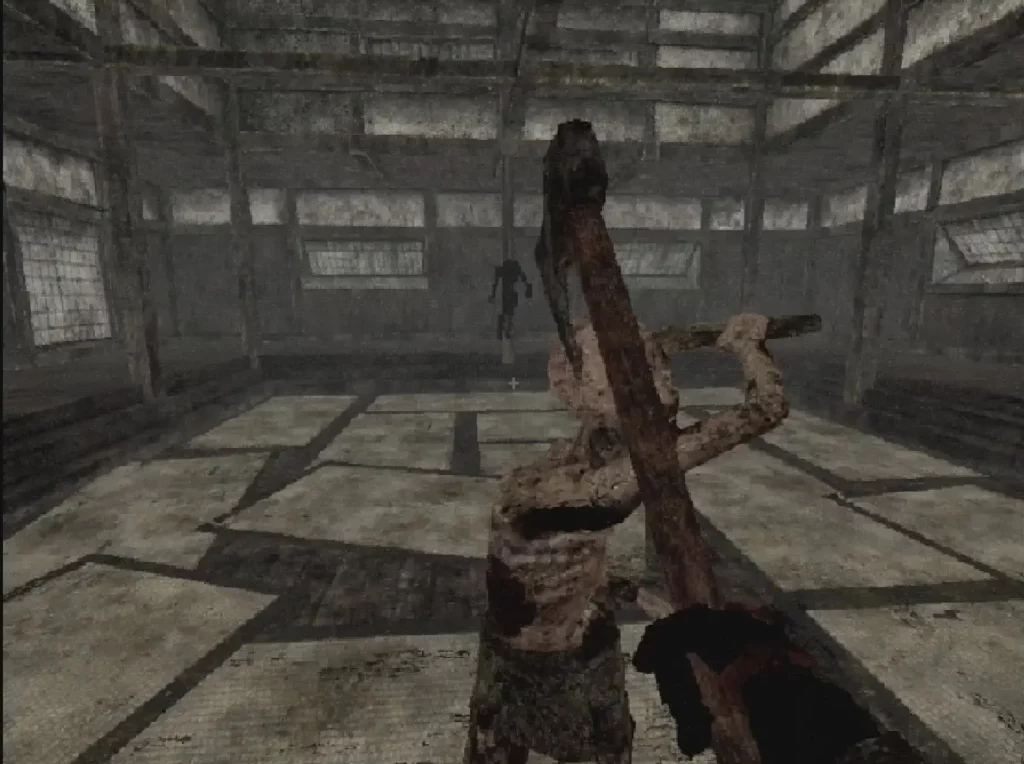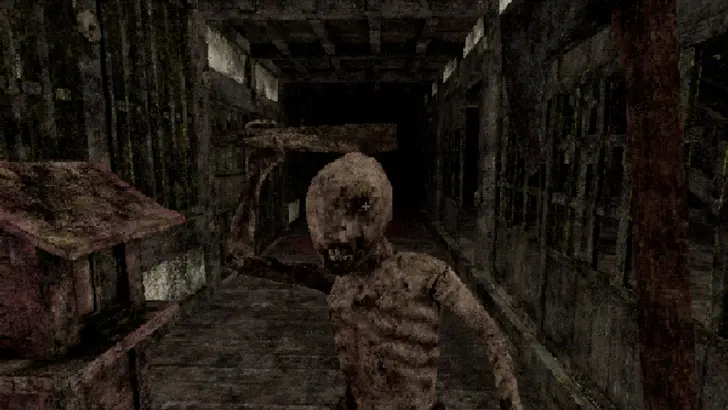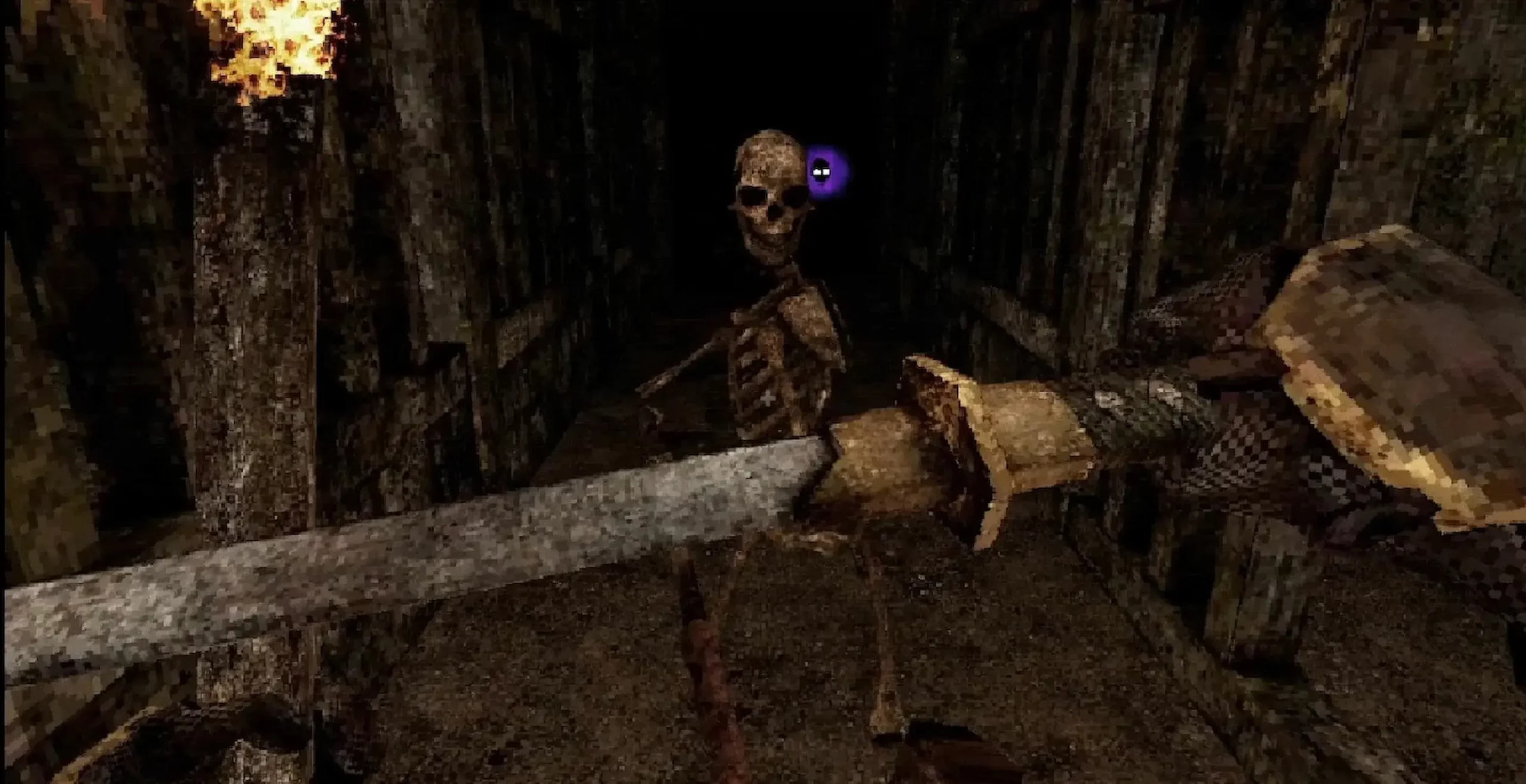Labyrinth of the Demon King drops players into a desolate vision of feudal Japan, where decay and despair permeate every corridor. Set against the backdrop of a crumbling kingdom, players step into the worn shoes of an ashigaru—a foot soldier whose only goal is vengeance against the demon king responsible for the massacre of his lord and comrades.
Far from heroic, this protagonist begins with a shattered katana, limited stamina, and a labyrinthine dungeon that feels like a relic of the PlayStation 1 era. Between narrow hallways, indistinguishable rooms, grotesque yokai, and cruel puzzles, hope is in short supply. And yet, this brutal 15-hour adventure commands attention through its commitment to dread, decay, and difficulty.

Inspired by the Past, Rooted in Horror
Following in the spiritual footsteps of King’s Field, Labyrinth of the Demon King leans heavily into early survival horror and retro dungeon-crawler aesthetics. It’s part of a growing niche of titles—like Lunacid—reviving dark fantasy through lo-fi visuals and atmospheric terror. But unlike its peers, this game blends Buddhist folklore with survivalist grime, creating a uniquely oppressive ambiance.
While it sticks close to its inspirations, this game nudges the formula forward with slightly deeper combat mechanics. Still, that doesn’t mean it’s forgiving.
A Brutal Combat System That Demands Patience
The early hours are punishing. Combat is introduced right away, and it doesn’t hold back. Attacks are slow and stamina is precious. Swinging wildly is a death sentence, and even dodging is risky, especially with a cooldown that punishes repeated attempts. The window to parry is narrow, and enemies are fast, erratic, and relentless.
It’s easy to feel overwhelmed, but there’s a turning point. That turning point is the kick. Staggering foes with a well-placed boot opens a brief window for attack—and with that discovery, the entire combat experience transforms. It’s not about brute force; it’s about keeping calm under pressure, exploiting small openings, and choosing retreat when necessary.
The game gradually reveals itself as a test of mental discipline more than reaction speed. Once that clicks, everything begins to fall into place.
Aesthetic Horror That Transcends Pixels
Visually, Labyrinth of the Demon King embraces an aggressively lo-fi look. Everything is caked in greyish-brown muck, doors pulse with grotesque life, and the labyrinth rarely offers visual relief. But this oppressive design isn’t just for show—it enhances the horror by making environments feel sickly and alive.
The enemy design is equally disturbing, favoring abstract monstrosities over detailed models. The monsters resemble malformed clumps of flesh more than anything recognizable, and that ambiguity makes them more terrifying. Even friendly characters, like a feline merchant, are hard to identify at first due to the low-resolution style.
Unlike other retro-horror games that mimic 1990s visuals, Labyrinth dives deeper into degraded and broken aesthetics. It’s not just nostalgic—it feels dangerous, like something unearthed from a forgotten VHS collection. The sense of forbidden horror lingers throughout.
Progress Brings Power—but Not Peace
Midway through, the tide starts to turn. With access to a variety of weapons—from massive swords and spears to even firearms—combat becomes more manageable. Stamina upgrades and better understanding of enemy movement help level the field. Some foes, like the stalker-inspired Nuribotoke, remain menacing, but by this point players are equipped to deal with them.

There are also talismans that offer offensive and defensive boosts, though they can be easily overlooked. The real trick lies in mastering each weapon’s trade-offs and knowing when to fight and when to run.
Puzzles, Lore, and Unease
The game’s puzzles are sparse but memorable. Most require backtracking and interpreting clues from scattered scrolls. These texts often contain disturbing references, especially to the Buddhist Eight Hells, adding a spiritual layer to the horror.
Though the puzzles vary in difficulty, none feel unfair. What one player finds obvious may stump another, but solutions are always rooted in observation and logic.
A Singular Vision That Stays with You
Labyrinth of the Demon King is largely the creation of solo developer J. R. Hudepohl, and that focus shows. There’s a raw, obsessive energy in its design—a willingness to make players uncomfortable, to push boundaries that larger teams might hesitate to cross.
By the end, the sense of relief is overwhelming. The grim hallways, the unnatural droning, the disgusting creatures—they all leave a lasting impression. And while most players won’t rush to replay it, the experience sticks. It’s haunting, it’s weird, and it’s arguably one of the most unsettling horror titles released this year.
